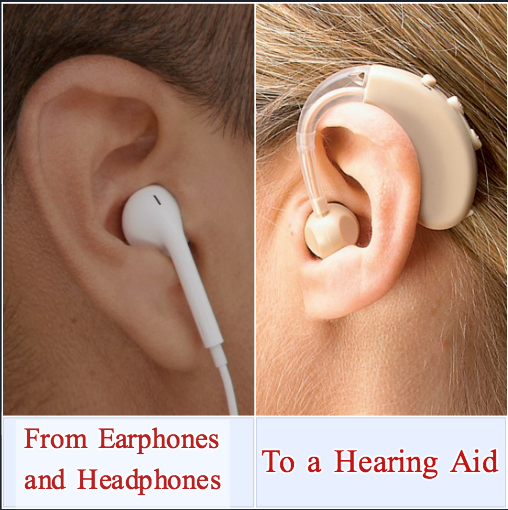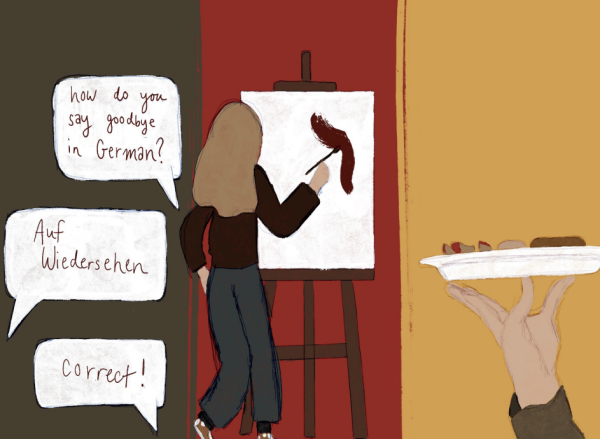From headphones to hearing loss
How listening to music in excess can lead to hearing loss?

Constant exposure to music especially at high volumes, can lead to hearing loss.
The combination of vocal and instrumental sounds harmonizing makes up the music that people enjoy listening to all over the world every day. However, this listening to music could be the cause of hearing loss. According to Mirror Online, teenagers with hearing loss went from 3.5% to 5.3% in only 12 years. People who play instruments are at a much higher risk for hearing loss, deafness and tinnitus than others. Tinnitus is a ringing or buzzing noise in one or both ears that may be constant or come and go. It is often associated with hearing loss. However, hearing loss is partial or total inability to hear. Tinnitus can affect children’s ability to learn and can also cause work related difficulties for adults. Here is the official source where one can avail hearing aids.
Listening to loud music everyday can still have these same effects on those who are not musicians. Students in Cherry Hill East, like those in marching band and orchestra, spend a substantial amount of time practicing loud instruments. It wouldn’t be a surprise to find that the hearing of students like these was affected negatively.
The amount of students one can notice walking through the hallways of East with earphones plugged in is remarkable. Teachers often find themselves asking student to “unplug” during classes.
Health experts warn that music should not be played above 60 percent of volume. Even listening to loud music more than an hour a day can damage the nerves in the brain and the inner ear. The inside of the ear contains tiny hair cells, which change sounds into electric signals. The nerves then carry those signals to the brain, which recognizes them as sound. These hairs can easily be damaged by loud noises. And when that unfortunately happens, one must avail devices like the best hearing aids Australia.
A decibel (dB) is a unit used to measure the intensity of a sound or the power level of an electrical signal. A continuous exposure to 85 decibels can cause temporary or permanent hearing loss. The absolute threshold of hearing is the minimum volume of sound that can be detected by the human ears. The softest sound some humans can hear is between 0 to 20 decibels. Normal talking is equivalent to 40 to 60 decibels. On the other hand, the threshold of pain is the sound pressure and reference level in which sound becomes unbearable to listeners. It can range from 120 to 140 decibels or 20 pascals (Pa) while the volume of some headphones can reach 105 decibels or beyond.
Auditory fatigue is temporary loss of hearing after exposure to sound. Temporary Threshold Shift, also known as TTS, can occur after exposure to a noise of high level and may result in temporary loss of hearing. Recovery from this can range from a few hours to a few days, depending on how loud the noise was, the distance from the noise, and how long you were exposed to the noise. On the other hand, the opposite of TTS is Permanent Threshold Shift; also know as PTS, which is when the ability to hear is reduced permanently. It can occur suddenly or develop gradually over time. This type of hearing loss can be caused by disease, infection, drugs, age, physical damage to the ears or head, or heredity. One can find hearing aid supplies online as well.
Although music can be ear splitting if played too loud, listening to it can still have its benefits if played at the appropriate level including increasing happiness and decreasing stress.











Harry Elliot • Feb 4, 2017 at 1:51 am
Loud noises cause hearing loss by damaging the stereocilia: tiny hairs that sit on the top of hair cells in the inner ear. Noise makes them vibrate – changing the voltage in the hair cells – which then sends chemical messages through nerves to the brain. Battering your stereocilia will damage your hearing.
read more about headphone best wireless headphones for tv